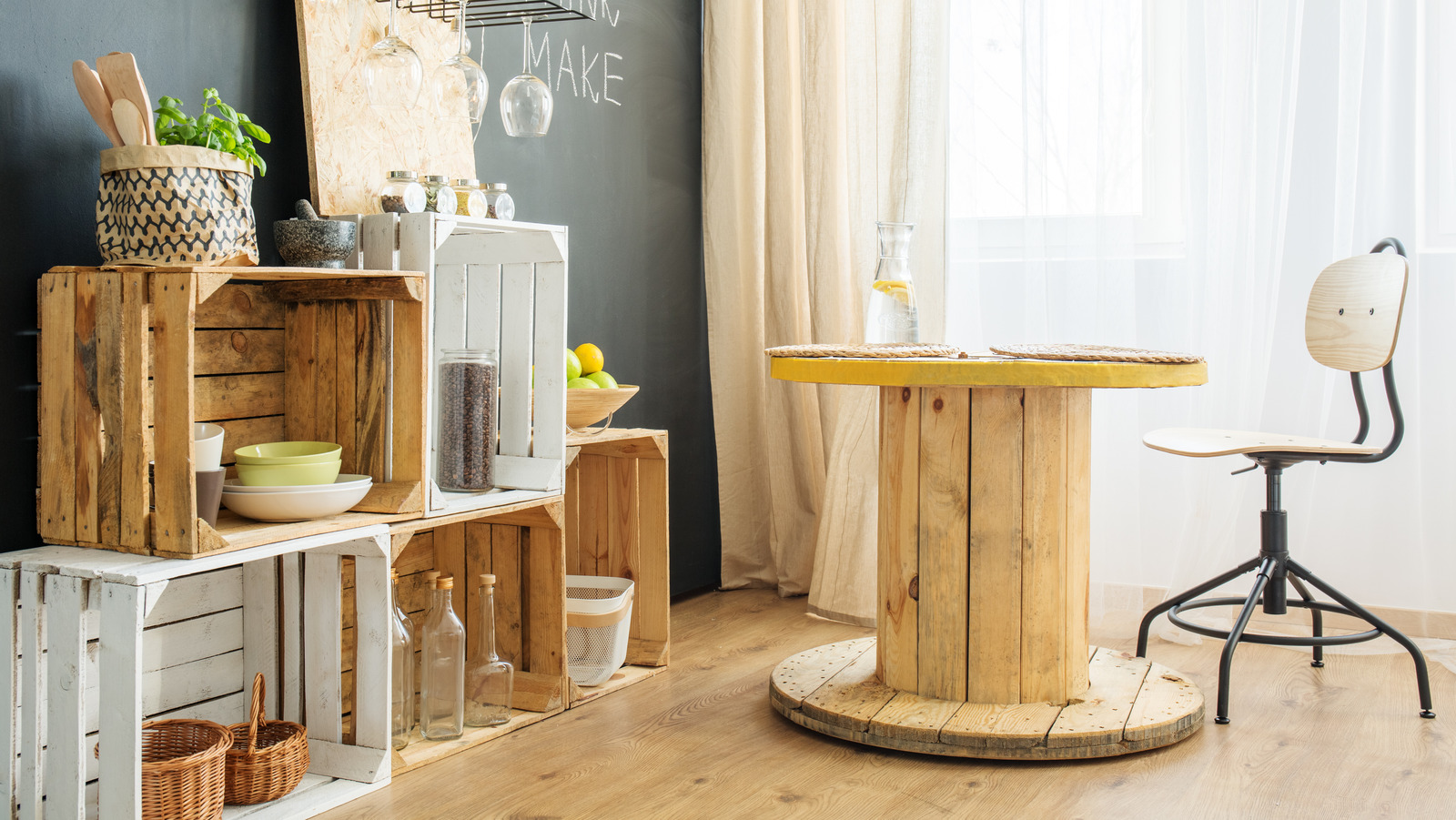

Articles
How To Repurpose Furniture
Modified: October 20, 2024
Learn how to repurpose furniture and give your old pieces a new life. Discover creative ideas and tips for transforming your space with furniture repurposing. Get started today!
(Many of the links in this article redirect to a specific reviewed product. Your purchase of these products through affiliate links helps to generate commission for Storables.com, at no extra cost. Learn more)
Introduction
Welcome to the exciting world of furniture repurposing! If you’re someone who enjoys getting creative and giving new life to old pieces, then you’ve come to the right place. Repurposing furniture is not only a great way to unleash your creativity, but it’s also an environmentally friendly and cost-effective way to furnish your home with unique and personalized pieces.
Before we dive into the world of repurposing, let’s talk about what it actually means. In simple terms, furniture repurposing involves taking an existing piece of furniture and transforming it into something new and different. Whether it’s giving a worn-out dresser a fresh coat of paint, turning an old door into a unique coffee table, or repurposing a headboard into a functional bench, the possibilities are virtually endless.
Repurposing furniture not only allows you to express your personal style and taste, but it also allows you to save money. Instead of purchasing brand new furniture, you can breathe new life into old pieces that may have otherwise been thrown away. This not only helps reduce waste but also gives you the opportunity to create one-of-a-kind pieces that reflect your individuality.
In this comprehensive guide, we will take you through the process of furniture repurposing, from finding the right pieces to choosing the technique, preparing the furniture, executing the repurposing process, and providing you with tips and inspiration along the way. So, grab your paintbrushes and let’s get started on your furniture repurposing journey!
Key Takeaways:
- Embrace your creativity and save money by repurposing furniture. Find the right piece, choose a technique, and enjoy the process of transforming old furniture into unique, personalized treasures.
- Unleash your imagination and give new life to old furniture. From painting and reupholstering to repurposing for a different function, the possibilities are endless. Enjoy the journey of creating one-of-a-kind pieces for your home.
Read more: How To Repurpose A Coffee Table
Finding the Right Furniture
When it comes to furniture repurposing, finding the right piece is the first step in the journey. Here are a few things to consider when searching for furniture to repurpose:
Assessing the Condition
The condition of the furniture is an essential factor to consider. Look for solid and sturdy pieces that have good bones and are structurally sound. Avoid furniture with significant damage, such as broken frames or irreparable structural issues, as these may be more challenging to repurpose. However, don’t be discouraged by small cosmetic issues, such as scratches or worn finishes, as those can easily be fixed.
Considering the Style and Design
The style and design of the furniture are important to ensure that it aligns with your vision for repurposing. Consider the overall aesthetic you’re aiming for and look for pieces that have the potential to be transformed into something that fits your desired style. For example, if you prefer a rustic look, finding furniture with natural wood or distressed finishes can be a great starting point.
Exploring Furniture Types
There are countless furniture types that can be repurposed, so explore your options and consider what you need or want in your home. Some popular furniture pieces to repurpose include dressers, tables, chairs, cabinets, and even doors. Don’t limit yourself to just one type; be open to different possibilities and think outside the box.
Once you have identified the furniture piece you want to repurpose, it’s time to move on to the next step: choosing the repurposing technique. In the following section, we will explore various techniques that you can employ to transform your chosen furniture into something new and exciting.
Read more: How To Repurpose Glass Jars
Choosing the Repurposing Technique
Once you have found the perfect furniture piece to repurpose, the next step is to choose the right technique to transform it. Here are four common repurposing techniques to consider:
Painting and Refinishing
One of the easiest and most popular techniques is painting and refinishing. This technique involves giving the furniture a fresh coat of paint or stain to bring it back to life. It allows you to completely change the look and feel of the piece. You can experiment with different colors, textures, and finishes to achieve the desired effect. Don’t be afraid to get creative and add interesting details like distressing, stenciling, or even decoupage.
Upholstery and Reupholstery
If you have a piece of furniture with worn-out or outdated upholstery, consider giving it a new fabric makeover. Upholstery and reupholstery techniques involve replacing the existing fabric with a new one that suits your style and taste. This technique is perfect for chairs, sofas, ottomans, and any other furniture with cushioned seats or backs. Be sure to choose a durable and high-quality fabric that will withstand everyday use.
Adding or Removing Hardware
Changing the hardware can have a dramatic impact on the overall look of a piece of furniture. By simply replacing the knobs, pulls, handles, or hinges, you can give the piece a fresh and updated appearance. Alternatively, if you’re going for a more minimalist or modern look, you may choose to remove unnecessary hardware altogether. This technique is particularly effective for cabinets, dressers, and other furniture with drawers or doors.
Repurposing for a Different Function
If you’re feeling adventurous, why not repurpose the furniture for a completely different function? Turn an old dresser into a bathroom vanity, transform a ladder into a bookshelf, or convert a door into a unique tabletop. This technique allows you to think outside the box and give new life to furniture in unexpected ways. The possibilities are endless, so let your imagination run wild.
Consider the condition, style, and functionality of the furniture piece when choosing the repurposing technique. Once you have made your decision, it’s time to move on to the next steps, which involve preparing the furniture and executing the repurposing process.
Preparing the Furniture
Before diving into the repurposing process, it is crucial to properly prepare the furniture. This step ensures that the surface is clean, smooth, and ready for the transformation. Here are three important steps to follow when preparing your furniture:
Cleaning and Removing Old Finish
Begin by thoroughly cleaning the furniture piece to remove any dirt, dust, or grime that has accumulated over time. Use a gentle cleaning solution and a soft cloth or sponge to avoid damaging the surface. If the furniture has an old finish or paint, you may need to remove it before starting the repurposing process. This can be done using paint strippers or sanding techniques, depending on the type of finish.
Repairing Damaged Parts
If the furniture has any damaged parts or structural issues, it’s important to address them before proceeding. Repair loose joints, replace broken pieces, and fix any other damages to ensure the piece is sturdy and durable. This may involve using wood glue, screws, or other appropriate repair materials. Taking the time to fix these issues will ensure the longevity of your repurposed furniture.
Sanding and Priming
Next, sand the furniture to create a smooth surface for the new finish or paint to adhere to. Start with a coarse grit sandpaper to remove any imperfections, and then gradually transition to a finer grit for a polished finish. After sanding, wipe away any dust with a clean cloth. Once the surface is smooth, apply a primer to create a good bonding surface for the paint or finish. Primer helps the new paint adhere properly and enhances the final result.
Properly preparing the furniture sets the stage for a successful repurposing project. Once the furniture is cleaned, repaired, sanded, and primed, you’re ready to move on to the exciting part – executing the repurposing process itself!
Executing the Repurposing Process
With the furniture prepared and ready, it’s time to dive into the repurposing process. This is where you bring your creative vision to life and transform the piece into something new and exciting. Here are four key steps in executing the repurposing process:
Applying Paint or Stain
If you have chosen to paint or stain the furniture, this is the step where you can unleash your creativity. Apply thin and even coats of paint or stain, allowing each coat to dry before applying the next. Use a brush, roller, or spray gun depending on the size and intricacy of the furniture piece. Consider using different colors or techniques, such as distressing or layering, to achieve the desired look. Don’t forget to seal the paint or stain with a protective topcoat for durability.
Reupholstering or Adding Fabric
If you have opted for reupholstering or adding fabric to the furniture, this step requires careful measurement and precise cutting of the fabric. Remove the old fabric and use it as a template to cut the new fabric to size. Use a staple gun or upholstery tacks to secure the fabric in place. Ensure that the fabric is pulled taut and even to avoid wrinkles or loose areas. For added durability, consider using a layer of batting or foam before adding the fabric for extra cushioning and comfort.
Read more: How To Repurpose Wood Crates As Home Decor
Installing New Hardware
If you have decided to change the hardware on the furniture piece, this step is where you can add those finishing touches. Remove the old hardware and replace it with new knobs, pulls, handles, or hinges. Ensure that the new hardware is properly aligned and securely fastened. Choose hardware that complements the style and design of the furniture, whether you prefer a modern, vintage, or eclectic look. The new hardware can instantly refresh the overall appearance of the piece.
Modifying Structure or Function
If you’re feeling adventurous, you may choose to modify the structure or function of the furniture piece. This step requires careful planning and execution. Whether it’s adding shelves to a bookshelf, converting drawers into open storage, or removing parts to create a new shape, be sure to use appropriate tools and techniques. Keep in mind the structural integrity of the piece and ensure that any modifications are safe and secure.
Executing the repurposing process involves attention to detail, patience, and a bit of creativity. Take your time and enjoy the journey of transforming your furniture into something new and unique. Once you have completed the process, step back and admire your handiwork!
Tips for Successful Furniture Repurposing
As you embark on your furniture repurposing journey, here are some valuable tips to keep in mind for a successful project:
Planning and Sketching Ideas
Before diving into the project, take the time to plan and sketch out your ideas. Visualize the end result and consider the steps needed to achieve it. Create a blueprint or a rough sketch that outlines the changes you want to make. This will help you stay focused and organized throughout the process.
Read more: How To Repurpose Wood Pallets As Home Decor
Using Quality Materials and Tools
Investing in quality materials and tools is essential for a successful repurposing project. Whether it’s paints, fabrics, screws, or sandpaper, choose high-quality materials that are durable and long-lasting. Using the right tools for each task will also ensure that you achieve professional-looking results. Having the right equipment can make a significant difference in the efficiency and quality of your work.
Taking Measurements and Precise Cuts
Accurate measurements and precise cuts are crucial for a seamless and professional finish. Before making any modifications or adding new elements, double-check your measurements and ensure that they are accurate. Use appropriate tools to make clean and precise cuts, whether it’s for fabric, wood, or other materials. Taking the time to measure and cut carefully will result in a polished end product.
Paying Attention to Detail
Details matter when it comes to furniture repurposing. Pay attention to the small things that can elevate the overall look of your piece. This includes ensuring that paint or stain is evenly applied, edges are finished neatly, hardware is properly aligned, and fabric is smoothly upholstered. By focusing on the details, you can achieve a professional and polished look.
Remember, furniture repurposing is about unleashing your creativity and giving new life to old pieces. Enjoy the process, embrace your unique style, and don’t be afraid to experiment. With these tips in mind, you’ll be well on your way to successful furniture repurposing projects.
Inspiration and Ideas for Repurposing Furniture
If you’re in need of some inspiration for your furniture repurposing endeavors, look no further! Here are a few creative ideas to spark your imagination:
Read more: Upcycled Chic: Repurposed Decor Ideas
Turning an Old Dresser into a TV Stand
Repurpose an old dresser into a unique and functional TV stand. Remove the top drawers, install shelves or compartments, and create openings at the back for cables. Add a fresh coat of paint, decorative hardware, or even stencil designs to give it a fresh and personalized look. This repurposing idea not only brings new life to the dresser but also provides a stylish storage solution for your entertainment space.
Repurposing an Architectural Salvage into a Coffee Table
Get creative with architectural salvages and transform them into eye-catching coffee tables. An old windowpane, a salvaged door, or a reclaimed wooden beam can be repurposed as the tabletop. Pair it with sturdy legs or a base, and you’ve got yourself a unique and conversation-starting coffee table. Finish it off with a clear sealant or a coat of paint to preserve the character and charm of the salvaged piece.
Transforming a Headboard into a Bench
Give an old headboard a new lease on life by transforming it into a stylish and functional bench. Remove the legs or footboard, add a sturdy base for seating, and upholster it with foam and fabric of your choice. Paint or stain the wood to match your desired style and finish. This repurposing idea not only adds a touch of elegance to your space but also makes good use of an otherwise unused piece of furniture.
Upcycling Wooden Pallets into Outdoor Furniture
Wooden pallets can be repurposed into a variety of outdoor furniture pieces. Create a cozy seating area by stacking and attaching pallets to form a comfortable sofa or daybed. Convert pallets into a stylish and functional dining table by adding a glass or wooden top. You can even transform them into planters, shelves, or storage units for your outdoor space. The versatility of wooden pallets allows you to get creative while adding a touch of rustic charm to your patio or garden.
These are just a few ideas to inspire your furniture repurposing projects. Remember to think outside the box, consider your personal style and needs, and let your creativity run free. Whether you’re repurposing a dresser, salvaged materials, or even wooden pallets, the possibilities are endless. Have fun exploring and transforming these pieces into something new and exciting!
Conclusion
Congratulations! You have reached the end of this comprehensive guide to furniture repurposing. We hope that this journey has ignited your creativity and provided you with the inspiration, tips, and techniques needed to embark on your own furniture repurposing projects.
Repurposing furniture is not only a sustainable and cost-effective way to furnish your home, but it also allows you to infuse your personal style and taste into every piece. By finding the right furniture, choosing the repurposing technique that suits your vision, and executing the process with careful attention to detail, you can transform old and forgotten pieces into unique and functional treasures.
Remember to plan your projects, use high-quality materials and tools, and take precise measurements to ensure successful outcomes. Paying attention to the details will elevate the overall look and ensure professional results. Don’t be afraid to get creative and think outside the box. Furniture repurposing is an opportunity to let your imagination soar and bring your ideas to life.
Whether you turn an old dresser into a TV stand, repurpose architectural salvage into a coffee table, transform a headboard into a bench, or upcycle wooden pallets into outdoor furniture, each project will be a reflection of your personal style and a testament to your creativity.
Enjoy the process of repurposing, and appreciate the transformation that occurs with each project. Not only will you have unique and personalized pieces in your home, but you will also have the satisfaction of knowing that you’ve given new life to furniture that may have otherwise been discarded.
So, take a leap into the world of furniture repurposing, let your imagination guide you, and have fun on this creative and rewarding journey. Happy repurposing!
Frequently Asked Questions about How To Repurpose Furniture
Was this page helpful?
At Storables.com, we guarantee accurate and reliable information. Our content, validated by Expert Board Contributors, is crafted following stringent Editorial Policies. We're committed to providing you with well-researched, expert-backed insights for all your informational needs.
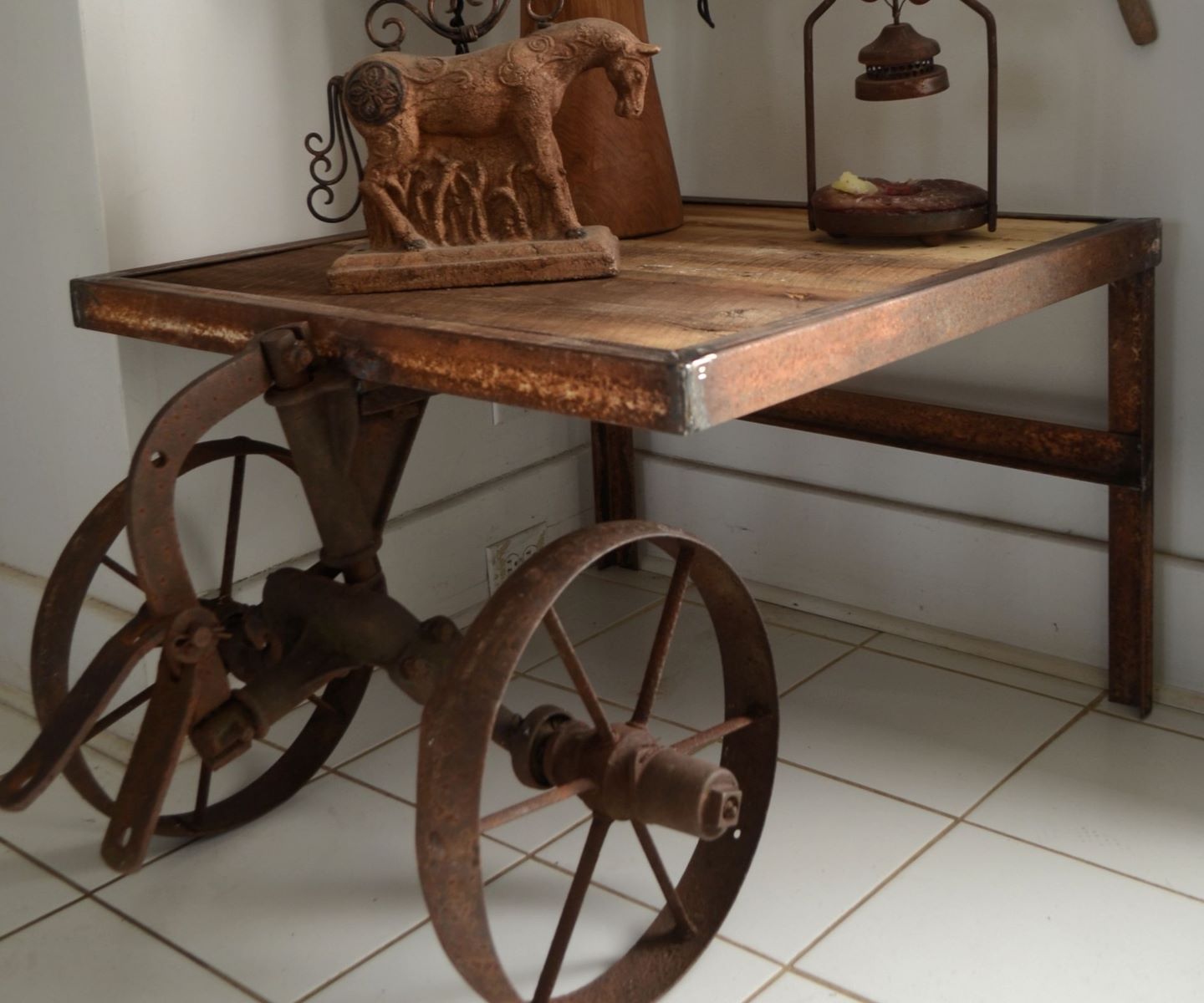
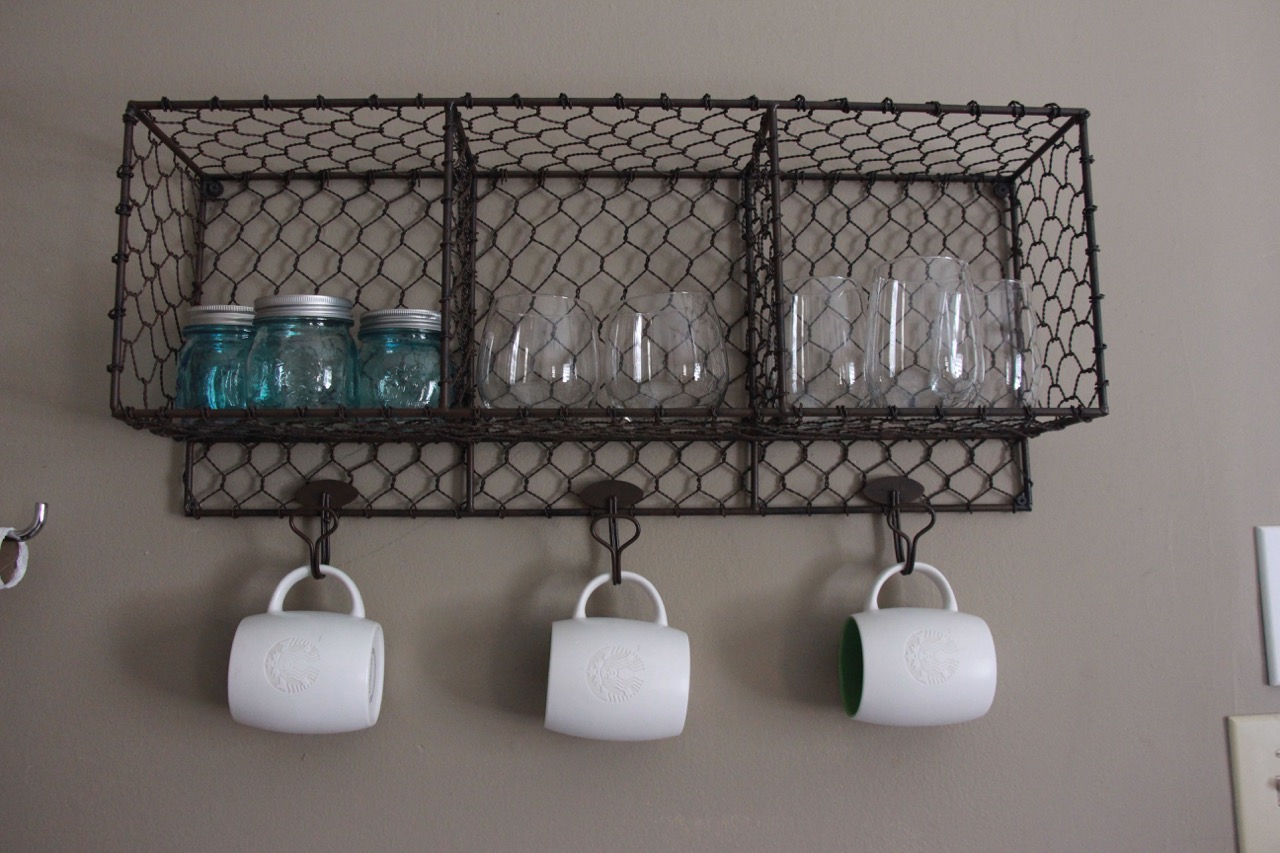
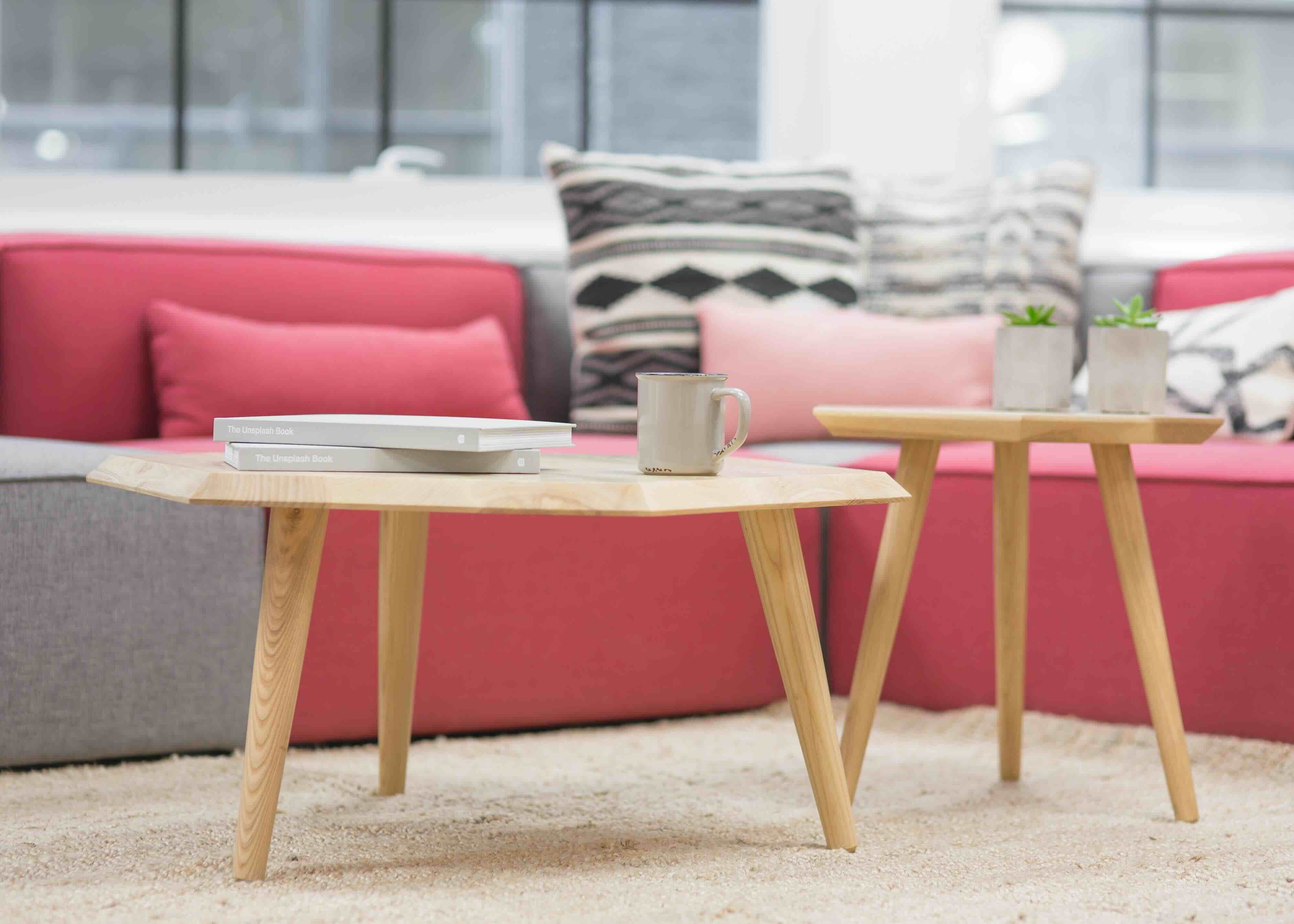



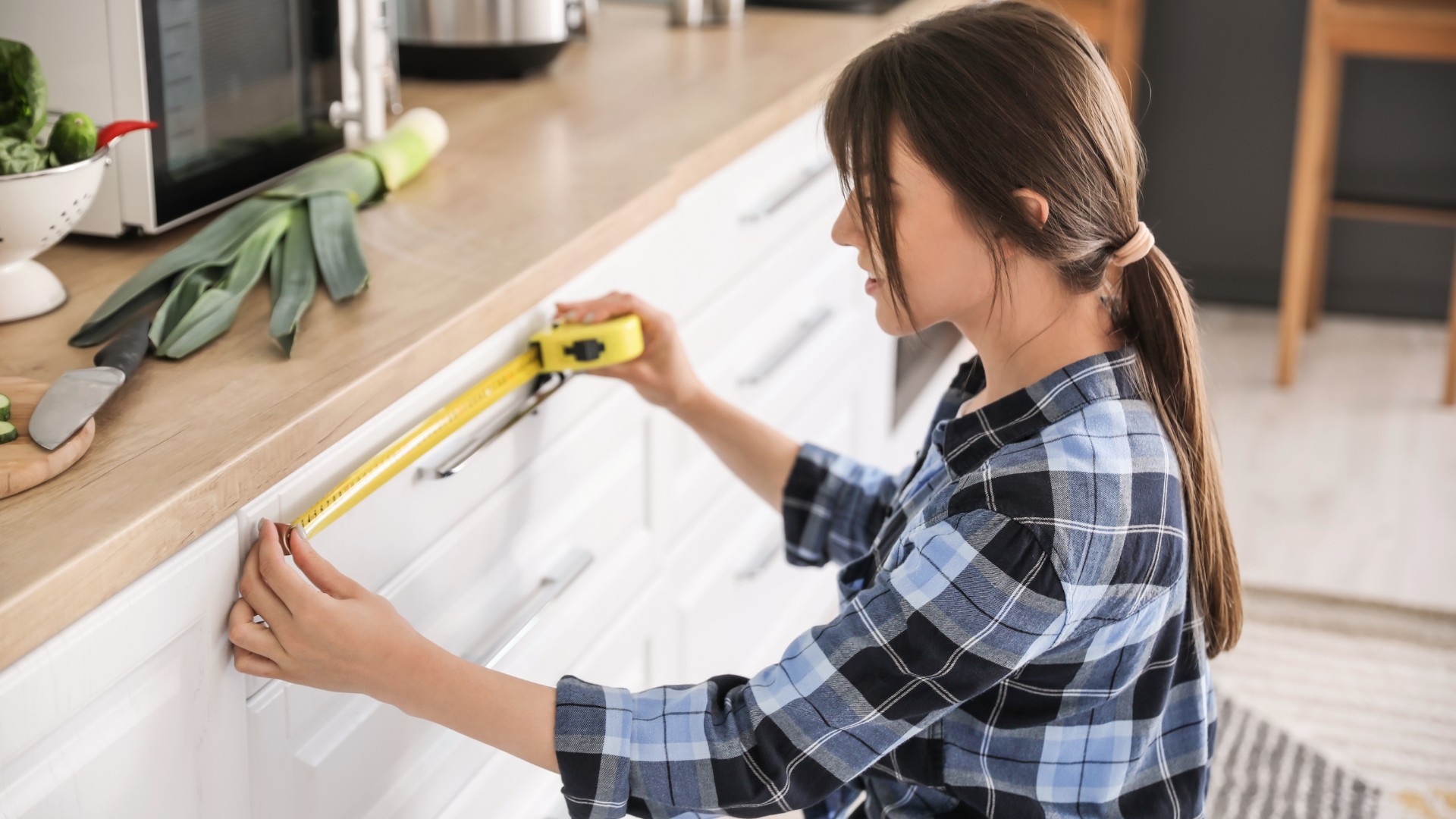
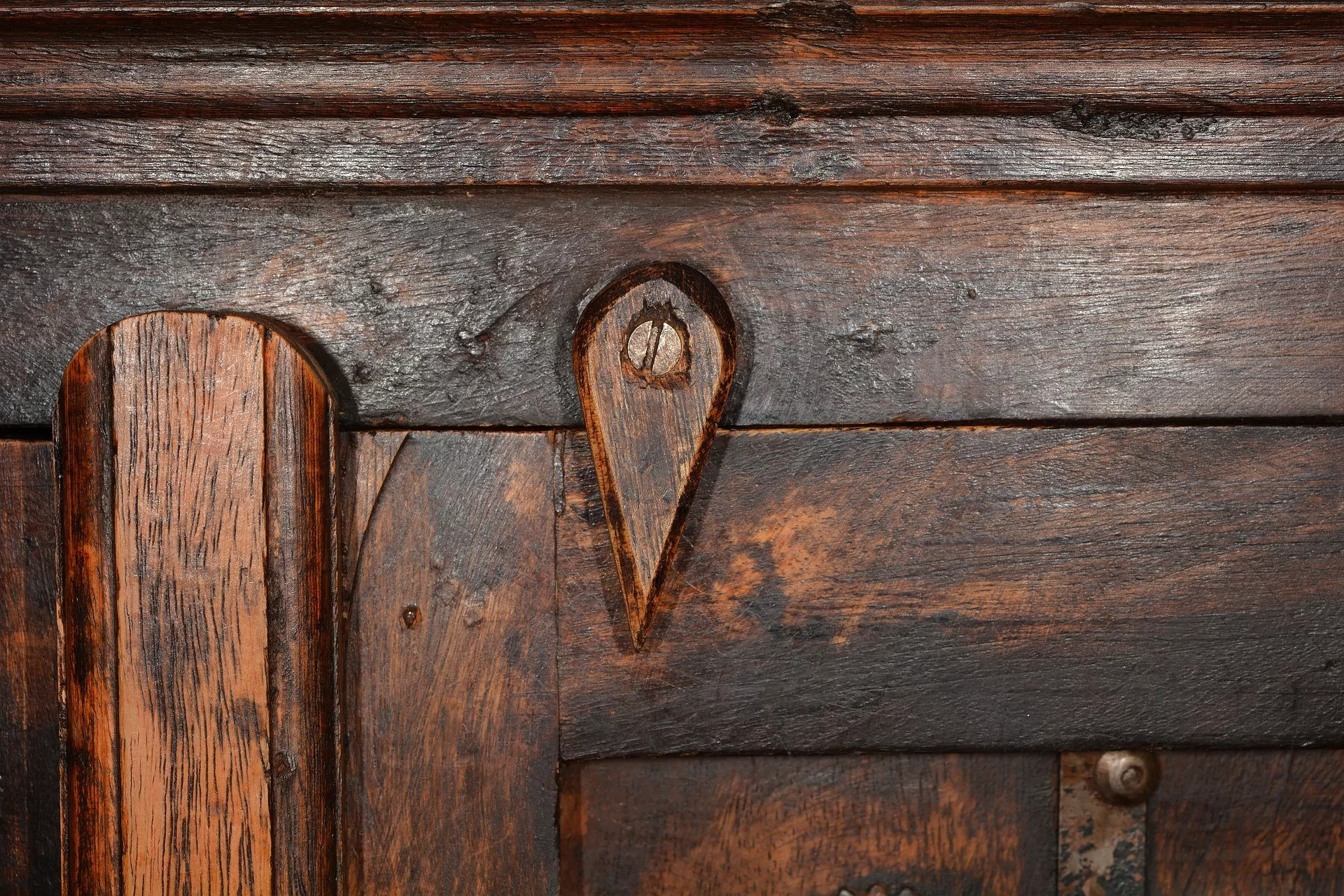

0 thoughts on “How To Repurpose Furniture”